Senior Elizabeth MacQueen remembers the moment she realized she was supposed to be shaving her legs already.
“When I was 12, we would have camp dances every Saturday. I remember not thinking anything of [shaving],” she said. “But then suddenly as everyone was getting ready, I looked out on the porch and saw a few of the people in my cabin with buckets of water and shaving cream just shaving their legs.”
MacQueen had never seen girls her age shaving before, so the idea was foreign, but the moment stuck with her.
“Ever since then, my belief became… to seem prepared to just be a person, I need to shave because that’s what everyone else is doing,” she said. “It was very much a peer pressure kind of thing that got me to start shaving. Right after camp, we went to Target…we got a razor, we got shaving cream, [and] that’s when it all began.”
After that experience, MacQueen joined the 90% of women who regularly shave their legs, according to a survey conducted by Mintel, a marketing research company.

Body hair has been grown, plucked, shaved, waxed, encouraged, emphasized, adored, reviled, criticized and coveted at different times and places throughout the history of the world, but our conflicting attitudes have their beginnings in the 20th century.
In the West, as societal norms changed and women’s fashion became more revealing, body hair removal grew more popular.
Razor companies like Gillette and later, Schick, capitalized on these fashion changes with targeted marketing. Advertisements singled out women who did not shave, and depicted body hair as crude, embarrassing and masculine.
For example, a 1946 shaving advertisement by the brand Silkymit called women’s body hair “unsightly” and “taboo.”
Shick has been making ads like this for decades, like a Shick ad from 1960.
By 1965, 98% of women and teen girls regularly shaved.
Even throughout the 1970s feminist movement, the view of women’s body hair as unhygienic and embarrassing continued to be prevalent, and shaming in marketing did not waver, though ads became more subtle.
Shari Ray, English department chair, recalls that when she was growing up in the 70s, shaving product companies pushed hairlessness as the heteronormative beauty ideal.
“When I was growing up…it was, use this and…as a woman, you’ll be more attractive to a man,” [or] as a man, use this and you’ll be more attractive to a woman,” she said.
Ray recalls that even in the midst of the feminist movement and the push for workplace equality, the double standards for body hair were still almost universally accepted.
“[Shaving was] a rite of passage, it was what all the girls did,” she said. “It’s not that I never thought of it as a choice, I just never thought about it.”
In the 80s, marketing from hair removal brands continued targeting body hair as a source of disgust, and in the 90s, celebrities popularized extreme removal techniques like bikini waxing, a method where body hair is covered in hot wax and then ripped off, pulling out the hair.
The pressure to remove body hair continues for women and girls today.
Shaving companies still use marketing that targets young girls, though now they’ve moved to social media like TikTok and YouTube.
For example, a Shick women’s razor ad currently running on TikTok implies that shaving is required for “self-maintenance,” reinforcing the idea that body hair is unhygienic, a tactic they’ve been using since the 1960s.
On social media, freshly shaven and waxed legs appear constantly in posts from both influencers and average users.
Like many other girls, MacQueen feels more put together after shaving, especially for formal events.
“If I shave, then I feel prepared,” she said. “I feel like I’ve made myself the best version of myself.”
MacQueen acknowledges that she feels her best when she is shaven because the idea of “being different” can attract negative attention for women, especially surrounding norms like shaving.
“Everyone assumes that when you get to a certain age, you shave, in the way that if we saw someone, … and she didn’t have shaved legs, [it] might catch your eye,” she said. “When something doesn’t align with our vision, our expectation of normal, then we notice it.”
Of course, not everyone who chooses to shave does so as a result of societal pressure.
As an observant Muslim, junior Yusra Siddiq chooses to keep her legs covered when she is out in public but makes the choice to shave anyway.
“I shave because it makes me feel better,” she said. “I think it’s uncomfortable when body hair is on my legs, and I don’t like having it there, so I shave.”
Body hair removal comes at a cost, though, both physical and financial. Without proper technique and products, women are at risk of razor burn, cuts and ingrown hairs.
Body hair removal can also cost a significant amount of money — especially for women.
Women’s hygiene products typically cost more than men’s, a phenomenon called the “pink tax.” On average, women’s razor cartridges cost between 47% to 66% more than men’s, according to a study published in the International Journal of Women’s Dermatology. Women’s shaving cream costs nearly 10% more.
According to a 2009 survey by the now-renamed American Laser Skincare, the average American woman spends approximately $10,000 on shaving in their lifetime, and $23,000 when waxing once or twice a month.
It’s a phenomenon MacQueen has noticed.
“[Women are] called unhygienic if we don’t shave, and yet you are making us pay more to do so,” she said.
However, since the 21st century, the idea of body hair being taboo has decreased in specific ways. More attention has been brought to shaving and its social effects, allowing women to feel more comfortable if they choose not to shave.
The popular women’s razor company Billie runs ads that call out the fact that society pretends women’s body hair doesn’t exist and challenges the expectations of women to shave. In fact, the company made history by showing body hair in its ad campaigns.
As pressure on women to shave decreases in ads, people feel more comfortable making the decision not to shave and are less affected by the expectations of body hair removal.
Although Ray has experienced pressure to shave her entire life, the past few years have prompted a perspective shift.
“It’s just been in the last couple of years that I’ve noticed my students making this choice [not to shave],” she said.
Many celebrities such as model Emily Ratajkowski, actress Bella Thorne and musician Willow Smith have publicly shown off their natural body hair on social media and in magazines. Because their celebrity status gains more attention, their influence helps suggest that society is working towards accepting body hair on women.
MacQueen pictures a future where women feel confident to choose their own standards of self-maintenance whether or not that includes shaving.
“I think people should be able to do what is going to make them feel the most comfortable,” she said. “If that means shav[ing], go for it, if that means not shaving at all, then sure! [As long as] that’s what’s going to make you feel like the best version of yourself.”






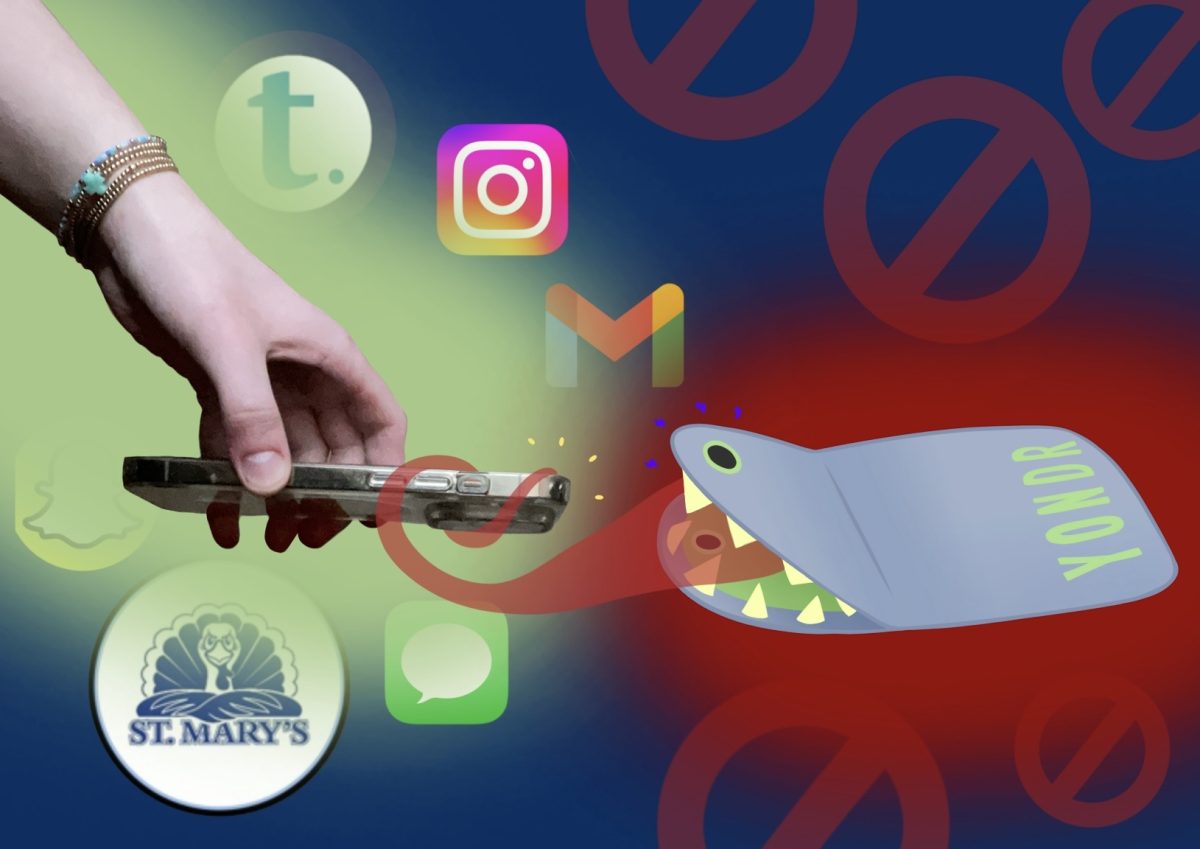




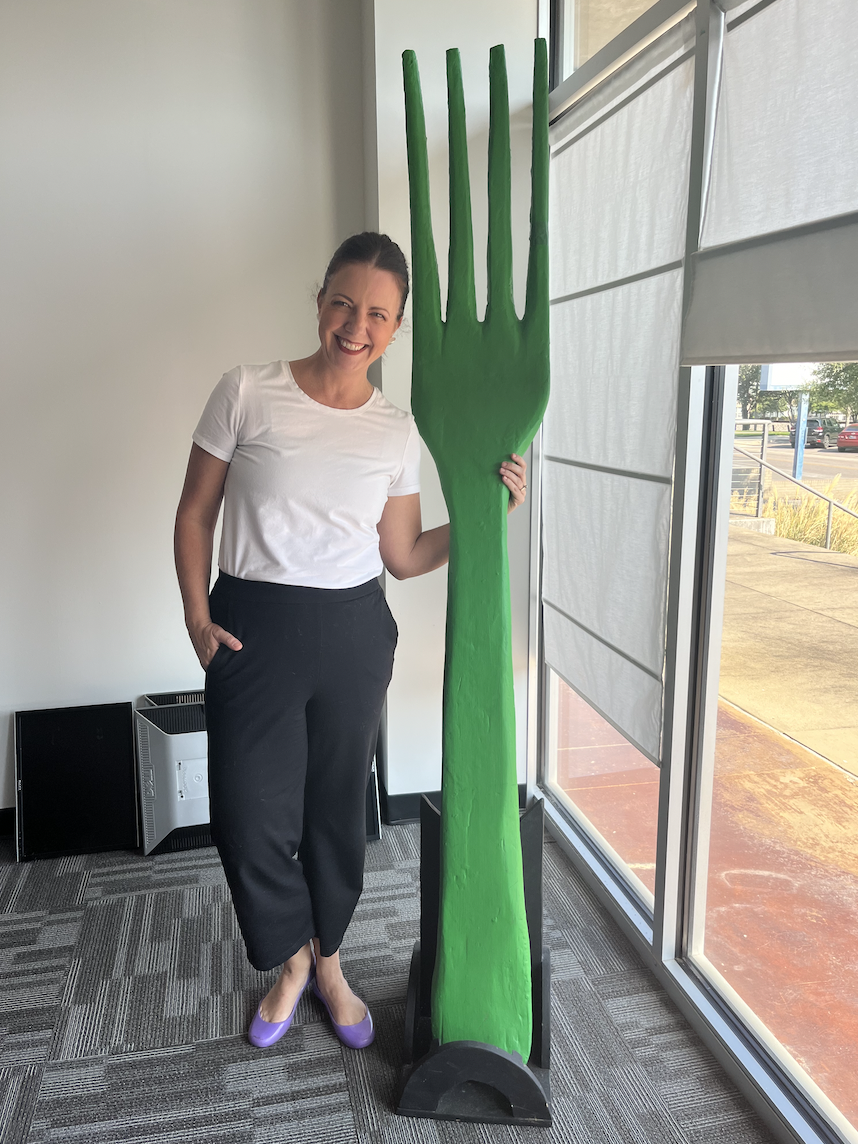














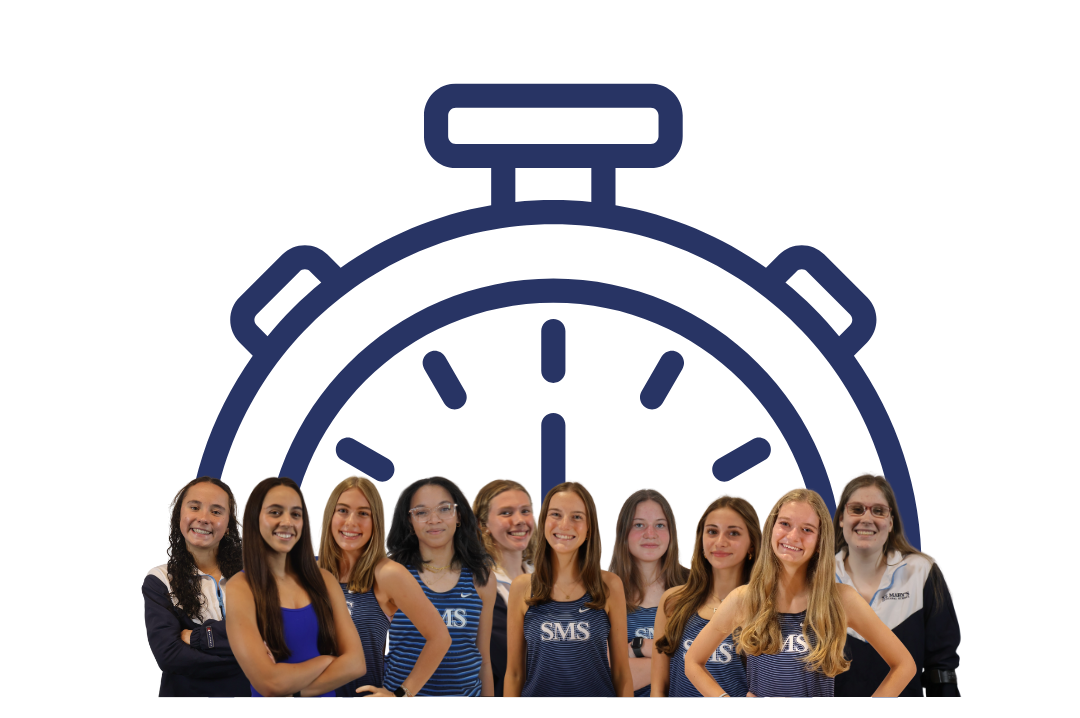





![[GALLERY] Walking in (Downtown) Memphis](https://stmarystatler.org/wp-content/uploads/2024/04/E1DAD3FE-E2CE-486F-8D1D-33D687B1613F_1_105_c.jpeg)













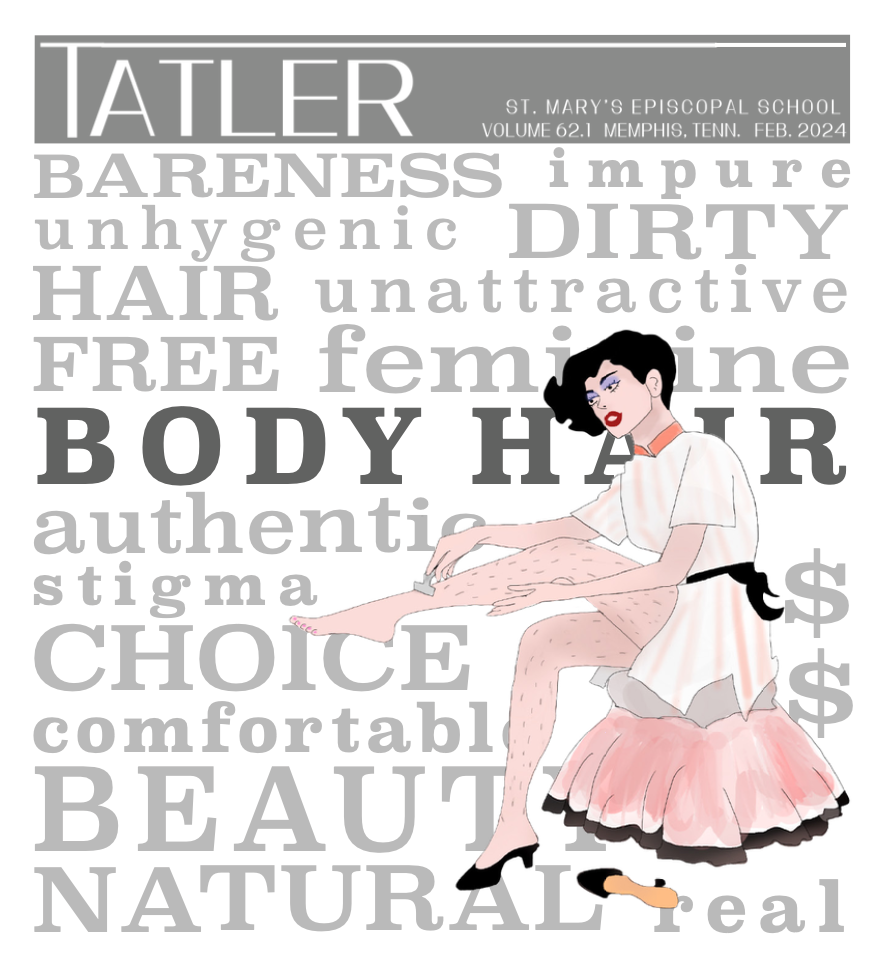


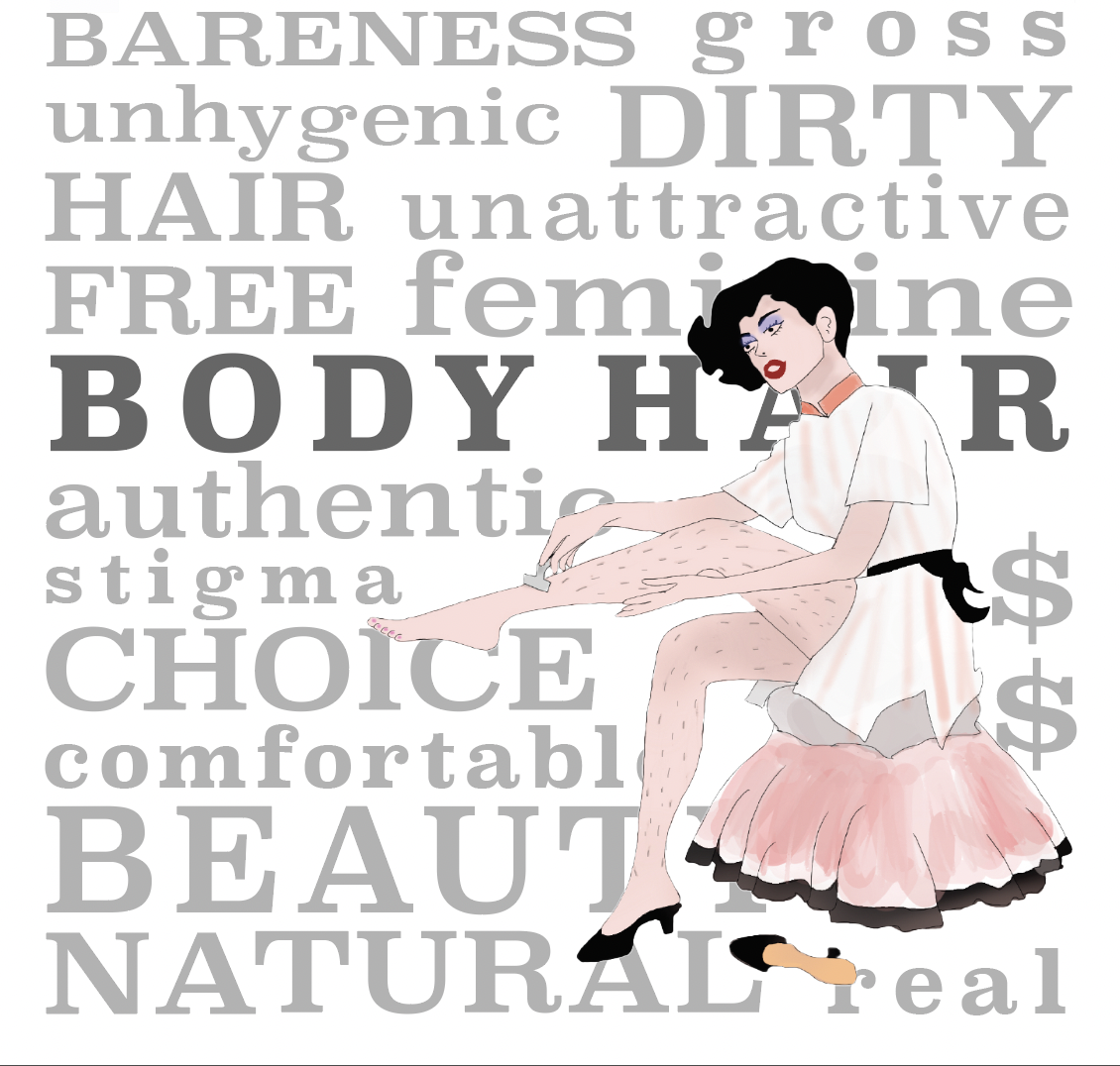


Amy Poag • Feb 11, 2024 at 10:27 am
Great article, Louise!
Anabelle • Feb 1, 2024 at 7:17 am
LOUISE THIS IS AMAZING!!
Louise Lawhead • Feb 9, 2024 at 10:58 am
thank you!!